SUMMARY
This is AI generated summarization, which may have errors. For context, always refer to the full article.
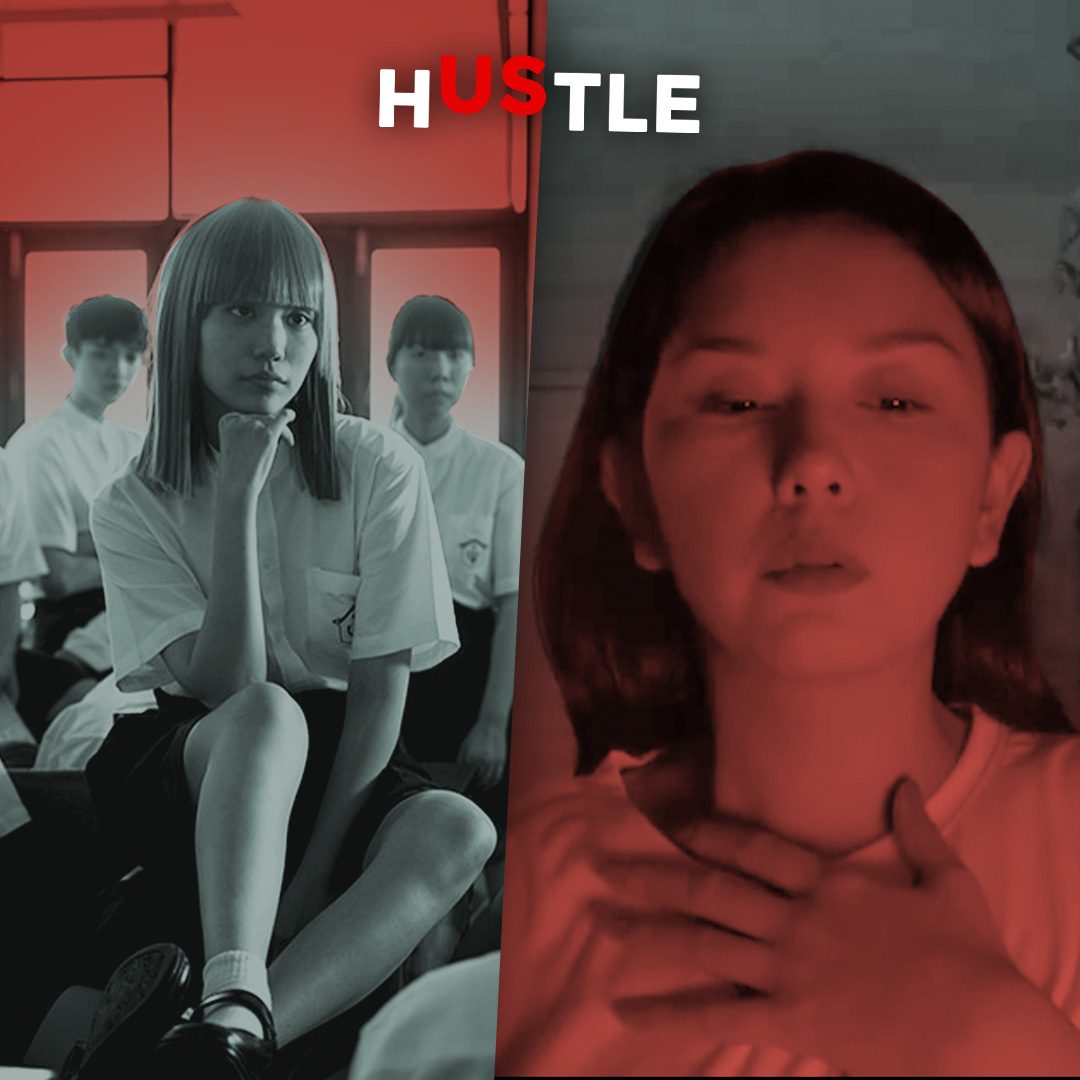
Editor’s note: Play of the Week is a spin-off of Hustle’s Inside the Industry podcast. Here we talk about pop culture recommendations and other fun activities to unwind from the busy-ness of business.
“I don’t have the time, energy, nor the mood to binge.” I tell myself this to justify why I’ve only been watching one-offs, less than hour-long anthology shows these past weeks. “Pang sanity break lang.” Albeit, I still watch episodes in succession, to the point where the average time spent is tantamount to watching The Snyder Cut or your average Netflix binge. Humanity and their contradictions.
But what’s the appeal of Anthology TV? The format repopularized by Black Mirror, where ~ ideally ~ every episode is self-contained and, at the end of every hour, a reset button is hit.
For me, when I say I have no time to binge, what I’m really trying to say is that I don’t have the bandwidth for investment.
The appeal of anthologies
With the advent of streaming, we have become conditioned to see shows as macro-movies, 10 to 12 hours events; each episode is designed to draw us into the next (mileage varying on the release model).
However, part and parcel of building a larger narrative and, in turn, emotional investment is consistency and predictability: characters have to act a certain way, potential payoffs are reserved for possible future seasons, and things can’t happen to certain characters because there might be a larger cross-media universe at play, etc. (If fan investment isn’t rewarded… well, look at Game of Thrones Season 8).
Anyway, long story short, for me, I’m all “let’s do this some other time.” Anthology shows give me a complete meal in an hour. There’s satisfaction whether consumption is piecemeal or binged. There is also constant risk and reinvention – the absence of holy ground. And, I’ve always been the type of viewer who prefers seeing ambitious failures over passable mediocrity. This possibility of quality to undulate makes the experience all the more rewarding: high risk and high reward.
So these past weeks, aside from animation (which is a whole article unto itself), the pop culture I’ve been consuming are two anthology series: the Thai-languaged kinda-horror Girl from Nowhere and the Filipino pandemic-set Now Streaming.
Girl from Nowhere

Whenever I “elevator pitch” Girl from Nowhere, I often say it’s “Black Mirror but instead of tech, make it Asian horror.” Of course, the show is much more than this jerry-rigged logline. In fact, to me, the beauty of the show lies in the disparity of tones and genres it plays with episode by episode – from mockumentaries to straight-up Shutter-esque ghost stories to rooftop romances shot under a hazy sunset.
The central concept of Girl from Nowhere is hinged on its titular girl, Nanno (“Kitty” Chicha Amatayakul). Each episode begins in a different school with Nanno as the new girl who oftentimes becomes the students’ avatar of desire – whether that be beauty, talent, wealth, or popularity. But, true to Buddhist ideology, these desires often lead to suffering, and the narrative fuel of each entry is how exactly Nanno enacts punishments befitting of the sin.
While some episodes feature truly horrendous perpetrators, such as predatory teachers and rapist jocks, to me, the best episodes of Girl from Nowhere are those that dwell on pretty relatable teenage anxieties: the pressure to achieve, class inequality among peers, the facade of social media. It’s when Girl from Nowhere preys on “sins” anyone can be guilty of that viewers get to interrogate Nanno’s definition of karmic retribution and, in turn, their own. Navigating this grey area is fertile ground for storytelling.
Just like Black Mirror, the spectacle lies in the disproportionality of these supposed cautionary allegories – sympathy doled at times unto guilty teens, who we also recognize do not know any better.
Season 2 tries to keep things fresh by overtly discussing Nanno’s right to dispense justice and whether her Hammurabic definition is just, to begin with. They do this by creating a season-long arc and a younger brasher adversary.
While the intent is clear, I’m not sure if I can support the execution. Disrupting Nanno’s plans, while understandable on paper, pour over into the real world and disrupt the storytelling writ large. Many of the supposedly self-contained stories feel like songs half-sung, and it’s way too early to tell if the payoff will be worth it in future seasons. (This is why I wanted to watch an anthology.)
What to watch: Trophy, Hi-So, Lost and Found (Season 1). Minnie and the Four Bodies (Season 2).
Girl from Nowhere is available to stream Netflix.
Now Streaming
Early into the pandemic, Twitter scoffed at the inevitability of pandemic-set stories told via Zoom rooms and video calls. But a year and a half into lockdown, it would be remiss to not use these formats to address the collective trauma we’ve been through and are still grappling with.
Most of Now Streaming’s episodes were shot remotely via these methods. And it is interesting to see how even with a tagline – “Six directors. Six stories. One city. One lockdown” – that alludes to entries spanning multiple genres, what we get mostly fall under the horror and romance genres. This is not a knock on the quality of Now Streaming; rather, it speaks of the similarities in our pandemic anxieties. Because if you think about it, our valuation of love and fear these days hinges on the strength of our phone signals and internet connection.
Not receiving a reply from a loved one and falling for someone purely from their replies are oddly two sides of the same coin. Without outside contact, we either reaffirm or doubt even further our own feelings and thoughts. And, lastly, with our screens being our only windows into the outside world – wherein we see and are seen – what’s real and what’s the facade has become even more maddeningly indistinguishable.
Now Streaming navigates these themes in ways similar to each but also distinct enough to stand on their own. And, luckily, its batting average as a whole is pretty decent.
Among the six entries, the only one I have major gripes with is Carlo Enciso Catu’s From My Window. The pandemic love story, by way of Rear Window, may sound exciting concept-wise but never really grew beyond its logline.
Similarly lacking in that creative step but executed way more interestingly is Bradley Liew’s Eater. The mukbang stalker thriller felt like it wasn’t able to justify its use of the live eating trend besides a callback in its final scene. (Glimpses of body horror and commentary on consumption allude at intentions turned into missed opportunities, which could have been better fleshed out.)
Rae Red’s Year of the Rat, like Liew’s Eater, tackles curated selves and content creation but shines better because of its sharp script and a charismatic lead (in a troll kind of way) in the perpetually-masked Andy (Thea Marabut). Also, its ending is worth discussing.
Dodo Dayao’s Destroy Everything You Touch, in itself, feels like an anthology within an anthology – each screen in its Zoom e-numan setting materializing a specific anxiety. Best of them, Arnel (Timmy Harn) and his claustrophobia. However, Destroy Everything You Touch’s sample platter of scares works best when narrative is eschewed. The episode’s arthouse dread feels bogged down when it attempts to explain the cause of these disturbing occurrences, especially when the lynchpin of this reveal is arguably the ensemble’s weakest performer.
The best two of the bunch would have to be Siege Ledesma’s First of May, a perfect little chamber piece that methodically unravels its layered storyline mainly via dialogue (the less you know, the better), and Kenneth Lim Dagatan’s As You Can See.
As You Can See realizes in interesting ways how our online feeds seep into our world. In a way, it’s a commentary on isolation and paranoia born of social media as the omnichannel to reality. Even without an external threat, there’s already enough online to break you.
What to watch: Destroy Everything You Touch, First of May, As You Can See. (But if you have the time, catch them all.)
Now Streaming is available to stream on Cignal Play.
– Rappler.com

Add a comment
How does this make you feel?
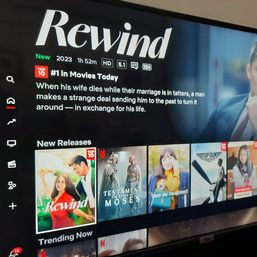

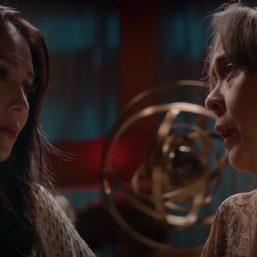

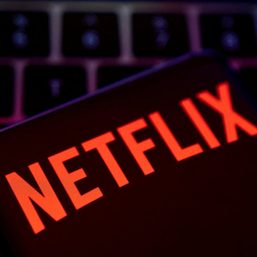
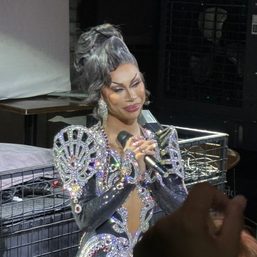

![[ANALYSIS] A new era of noontime TV: GMA-7 takes in ABS-CBN’s ‘It’s Showtime’](https://www.rappler.com/tachyon/2024/04/gma-eat-bulaga-showtime-april-10-2024.jpg?resize=257%2C257&crop=416px%2C0px%2C1080px%2C1080px)




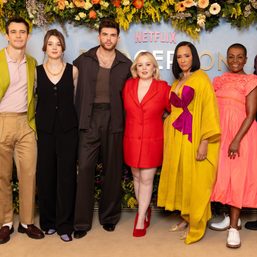


There are no comments yet. Add your comment to start the conversation.